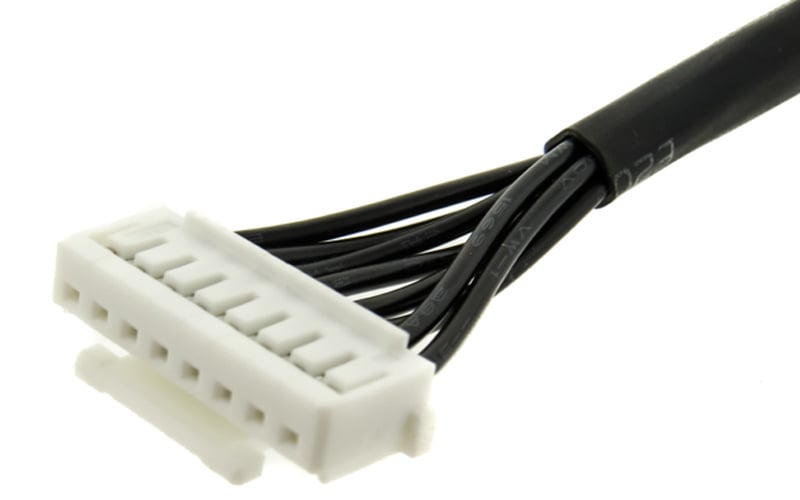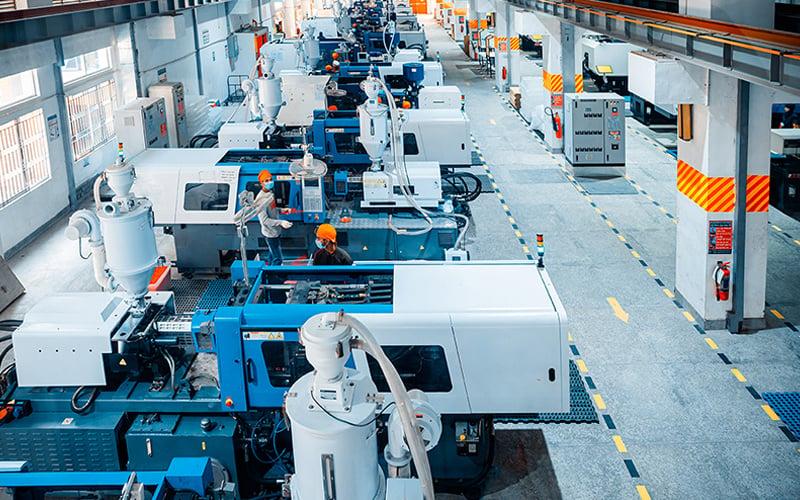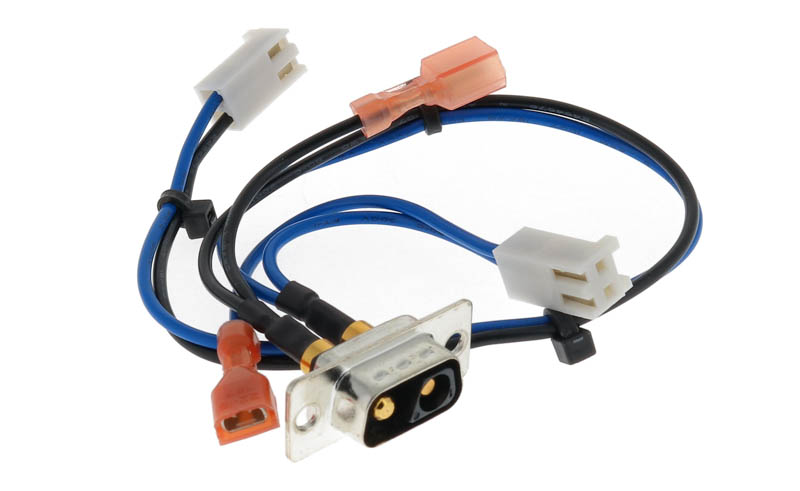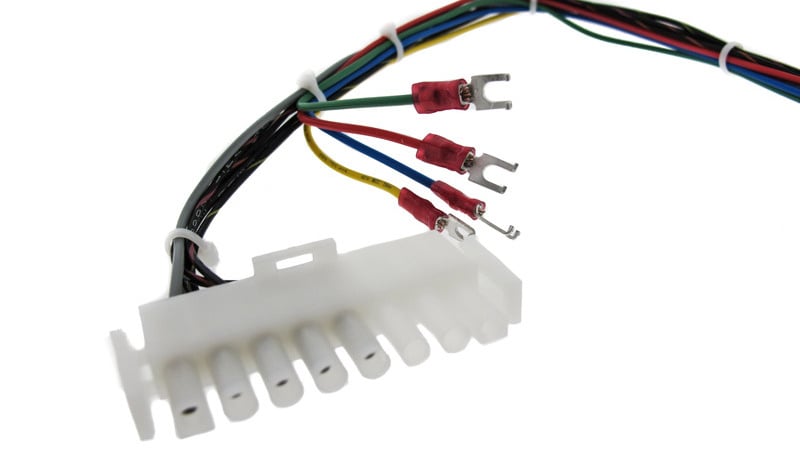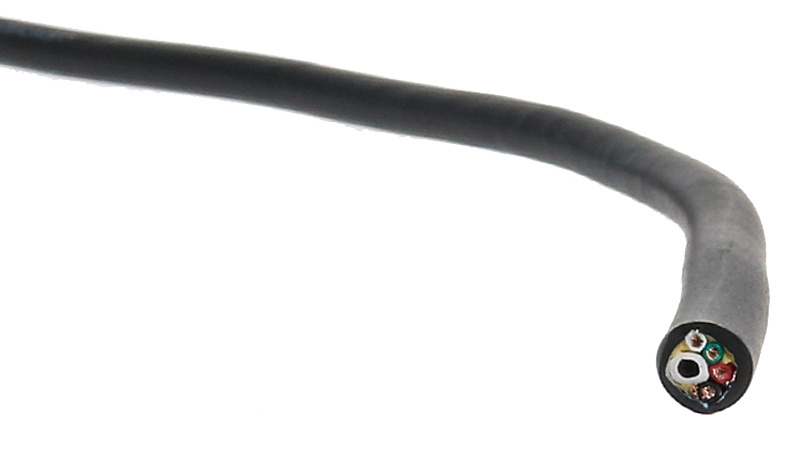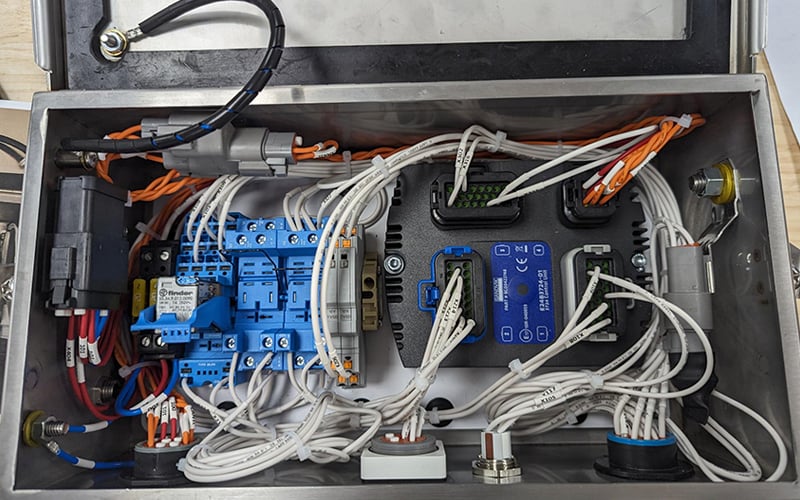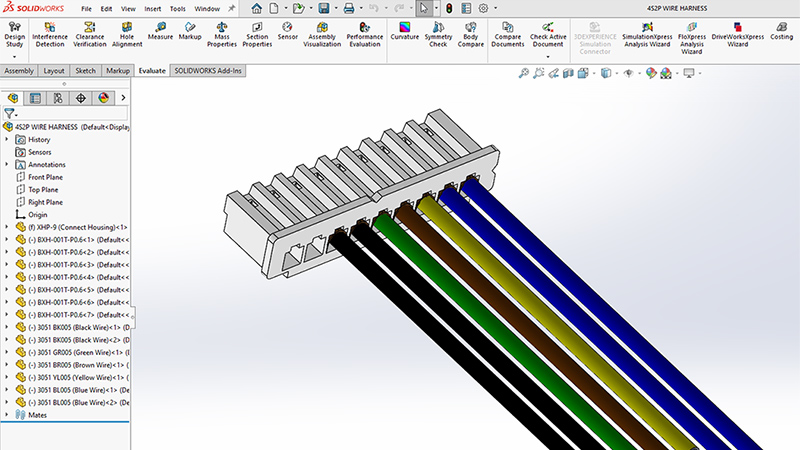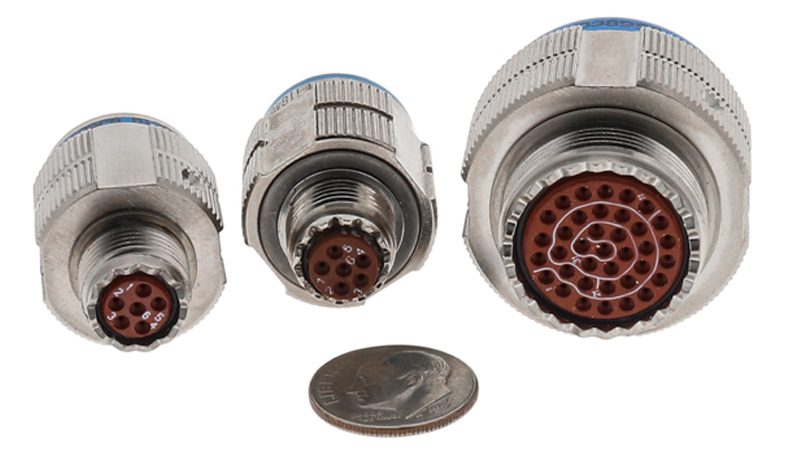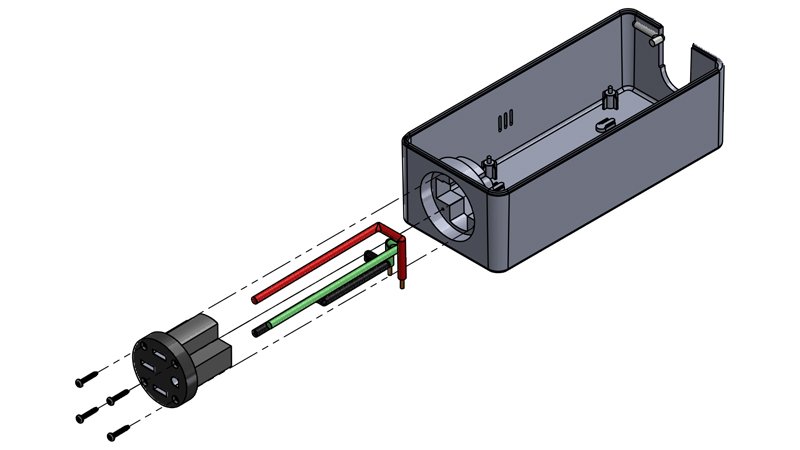At the conclusion of our webinar, Using Equivalent Wire and Connectors to Save Time and Money, we had several questions submitted to our presenter, Steven J. Goodman, User Interface & Cable Assembly Product Manager at Epec. We have compiled these questions into a readable format on our blog.
Outdoor-rated enclosures incorporate numerous technologies to stand up to the harsh conditions they must face. These technologies include waterproof keypads and membrane switches, custom silicone gasketing, and highly engineered raw materials such as weatherable ABS/PC blends that can be injection molded creating the custom enclosure shape.
Custom cable assemblies are terminated with a wide range of connector types. These range from the simplest of connections that include ring, spade, and fork terminals, to highly specialized circular connectors used for military and aerospace applications. For the latter, some connector families are single-sourced and only available from a single connector manufacturer.
Within the complexities of modern manufacturing, the creation of custom cable assemblies stands out as a testament to both engineering precision and the nuanced understanding of materials science. These engineered products are tailored to meet the specific needs of various applications and are pivotal in powering, connecting, and ensuring the reliability of a wide range of electronic devices and systems from dozens of industries.
Multi-conductor cables are one of the most common types of electrical cables used today. They are comprised of several insulated wires all bundled together with an exterior insulated jacket. Multi-conductor cables usually include shielding layers, drain wires, braided sleeves, and even filler material to maintain a uniform cross-section. One problem that exists with these types of cables is that since they are so tightly packed together, air cannot easily travel along the inside length of the cable.
In the ever-evolving world of electronics and engineering, the significance of custom cable assemblies are paramount. These vital components, often overshadowed by more prominent elements, play a crucial role in the functionality and efficiency of various systems.
In the modern engineering landscape, computer-aided design (CAD) serves as an invaluable resource for crafting complex systems like custom cable assemblies. Offering an all-encompassing three-dimensional perspective of the assembly, CAD provides engineers with the ability to experiment and iterate on their designs much more efficiently than ever before.
Navigating the complex tapestry of cable assembly manufacturing is akin to completing an intricate jigsaw puzzle. At first glance, a jigsaw puzzle can be daunting, a kaleidoscope of colors and pieces. Some are edge pieces, easily identifiable, while others, with their myriad of shapes and hues, challenge even the most seasoned of puzzle enthusiasts.
In the world of high-performance electronics, such as military and aerospace systems, the design and functionality of cables play a crucial role in ensuring reliable and high-speed communication, power transmission, and data transfer.
At the conclusion of our webinar, Adding Keypads and Cables to Your Injection-Molded Enclosure, we had several questions submitted to our presenter, Steven J. Goodman, User Interface & Cable Assembly Product Manager at Epec. We have compiled these questions into a readable format on our blog.


